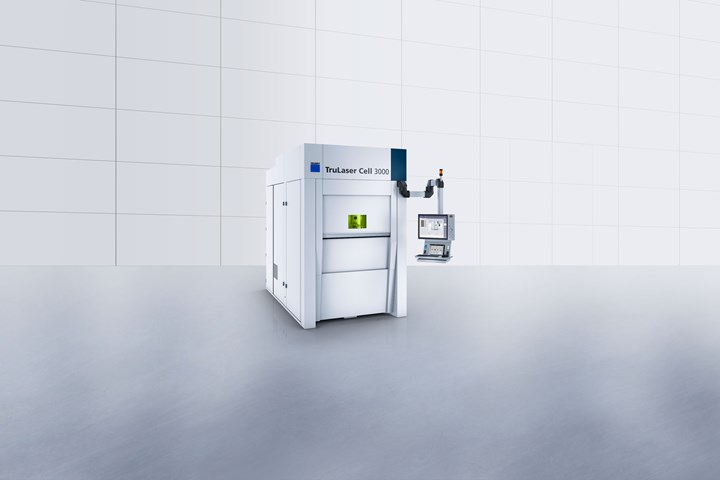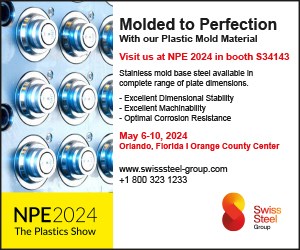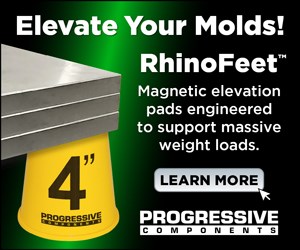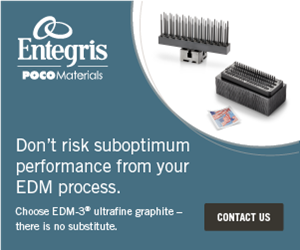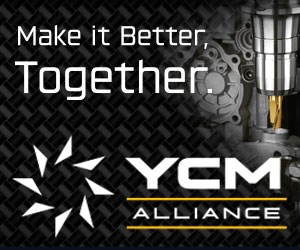LMD Processing Extends Time Needed Between Tool and Die Repairs
The Trumpf Inc. five-axis TruLaser Cell 3000 combines laser welding with laser metal deposition, extending the number of cycles between die repairs and bringing more control to the process.
Share
Read Next
With the compact and high-precision five-axis TruLaser Cell 3000 from Trumpf Inc., users can repair and add features onto existing molds, tools and dies. The TruLaser Cell 3000 is a laser metal deposition (LMD) system that uses powder metal and a laser to deposit material, bringing more control and lower heat input into mold and die repair, particularly when compared with the more manual repair process that is traditionally performed, Trumpf says. The five-axis cell’s flexibility enables operators to choose between six different processing nozzles, unlocking customized deposition rates, surface roughness and high hardness tool steels like H11 or H13. The laser welding technology from Trumpf may also help extend the number of cycles between die repairs compared to traditional manual repair methods.
The TruLaser Cell 3000 can handle a variety of jobs from prototypes to large-scale series production with extensive automation. It is also said to be particularly cost-effective in the laser processing of small- to medium-sized components with top quality.
Related Content
-
Moldmakers Deserve a Total Production Solution
Stability, spindle speed and software are essential consideration for your moldmaking machine tool.
-
The Secrets to Hard Milling Success
The Secrets to Hard Milling Success
-
The Trifecta of Competitive Toolmaking
Process, technology and people form the foundations of the business philosophy in place at Eifel Mold & Engineering.





